4 Culture: 2008アーカイブ
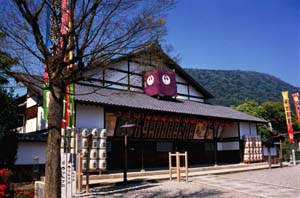
Standing on the side of the approach to Konpira Shrine, Kanamaru-za is the oldest remaining kabuki theater in Japan, having been erected in the Edo Era, and is designated a property of national cultural significance. Every spring a kabuki performance is put on by the most famous kabuki players, and is an extremely popular event.
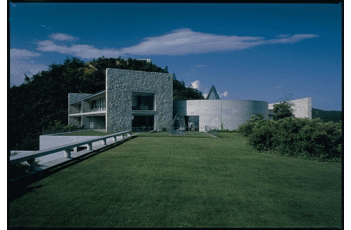
Locating in the northern region of the Seto Inland Sea, Naoshima is famous as an island of art. It includes a joint art museum and hotel, Bennesse House; a series of old houses which have been transformed into art works, the Art House Project; and the Chichu Art Museum, designed by Ando Tadao, in which works by Monet are displayed.
[Images]
1-Benesse House (Photo:Tadasu Yamamoto)
2-Benesse House Museum (Photo:Koji Murakami)
3-Benesse House Oval Guest Room
4-Art House Project "Kadoya" (Photo:Norihiro Ueno)
5-Art House Project "Kinza"(Being given:Rei Naito ,Photo:Noboru Morikawa)
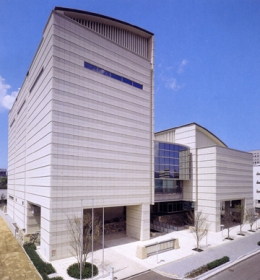
Renovated in April of 2008, this museum offers a combination of historical information and fine art. The collection includes approximately 1700 pieces, including a lavishly detailed map of Takamatsu from the early Edo Period, and a lively drawing of a shrine festival. The art collection focuses on local artists and contains Japanese- and Western-style paintings, as well as sculptures and industrial art pieces.
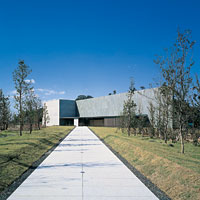
This gallery displays only the works of Higashiyama Kai-i, a Japanese-style painter who defined the Showa era. The building commands a view of the islands of the Seto Inland Sea where the artist’s grandfather was born. One can also see the light grey Seto Ohashi Bridge from the gallery.
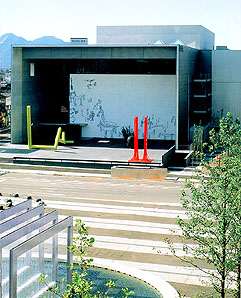
The Marugame Inokuma Museum Of Contemporary Art (MIMOCA) displays mainly the works of Kagawa-born Inokuma Gen’ichiro, supplemented by collections of various other modern art pieces from inside and outside Japan. The building itself was designed by Taniguchi Yoshio, the architect who designed New York’s MOMA.

The workshop that world famous sculptor Isamu Noguchi during the last few years of his life is now open to the public as an art garden. The 150 or so sculptures on display were chosen by Noguchi himself. His house - kept as it was when he was alive - has been arranged into a single exhibit along with a specially designed sculpture garden and a rebuilt storehouse display.
(Reservation required)

Located at the foot of historic Mt.Yashima, Shikoku-mura is a collection of ancient buildings from all over Shikoku. Framed by the greenery of the surrounding forest, nostalgic structures such as old houses brought from all four corners of Shikoku are on display, along with a vine bridge, a traditional teahouse, storehouses and a farmers’ kabuki stage.
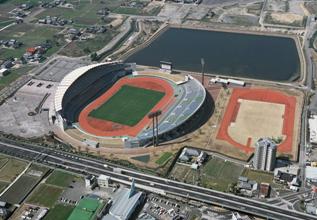
Marugame Stadium can accommodate national and international competitions in sports such as soccer and rugby, as well as track and field meets. Along with being the venue of the yearly Marugame Half-Marathon, a national event, it is used by international athletes for training camps prior to the Athletics World Championships and the Olympics.
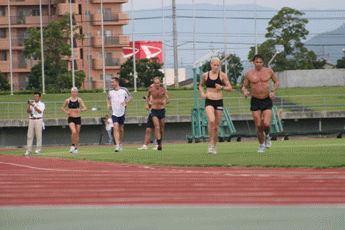
Kagawa prefecture is ideally suited as a venue for athletic training camps due to its warm climate and peaceful environment. Prior to the 2007 World Athletics Championships in Osaka, the four countries of Scandinavia elected to hold their training camp here. In preparation for the Beijing Olympics 2008, the Finnish athletics and rowing teams are scheduled to hold training camps here again.
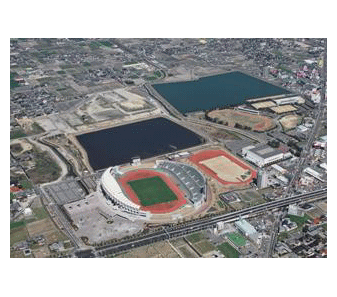
This half marathon is held on the first Sunday in February every year. The official course was laid out in 2000. In 2001, Naoko Takahashi, gold medalist in the Sydney Olympics, took part in the run, and in 2005 Mizuki Noguchi, gold medalist in the Athens Olympics, took part, bringing great prestige to the event.
On the day before the race, famous runners hold jogging classes, and souvenir and local Sanuki udon noodle stands are set up for the runners when they finish the race.
In 2009 the race was recognized by the International Association of Athletics Federations (IAAF) as an international competition, and is drawing many foreign athletes.
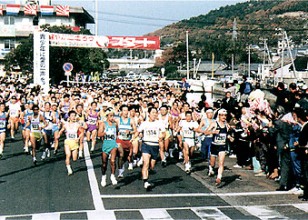
Rather than competing for time, the greatest achievement is to reach the goal and complete the marathon. The run is held on Shodoshima in the Seto Inland Sea every autumn.
Free bowls of nyu-men noodles are on offer, and there is free use of hot baths for participants. A t-shirt and towel are awarded to all those who complete the race.
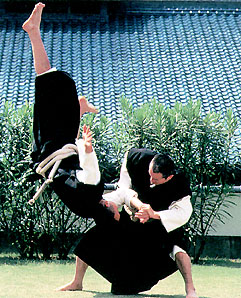
Shorinji Kenpo was founded in Tadotsu Town in Kagawa in 1947 by Doshin So, earning him the title kaiso (founder). It was formed as a way to develop one's personality through a combination of learning, mastery of techniques, and influence from a unique educational system. The headquarters of Shorinji Kenpo is currently located in Tadotsu Town.

There are five professional sports clubs in Kagawa. They are all beloved by the local people because they each work closely with the community, guiding yours athletes and organizing events.
Joining the Japanese players on each team are various young people from around the world. Each team strives to become champions of their league or gain promotion to higher leagues through constant practice sessions and matches.
Previously, people could only enjoy sports in Kagawa by playing themselves or watching nationally broadcast pro-baseball games on TV. However with the advent of home teams for Kagawa, people have begun to pack the stadiums, cheering on their hometown favorites and a new way to enjoy sports has come to Kagawa.
[ Club name (Sport, League Name) ]
Kamatamare Sanuki(Soccer, Shikoku Soccer League)
Kagawa Olive Guyners(Baseball, Shikoku/Kyushu Island League)
Takamatsu Five Arrows(Basketball, BJ League)
Shikoku Eighty 8 Queen(Volleyball, Challenge League)
Surpass Kagawa Ice Hockey Club (Ice Hockey, Western Japan Ice Hockey League)
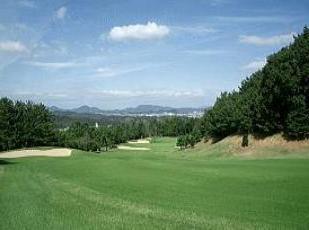
Because winters in Kagawa Prefecture are on the warm side and seldom see any snow, golfers may play year-round. There are many golf courses within a few minutes’ (and many more within a few hours’) drive of the airport, so it’s easy to tee-off the day you fly in.
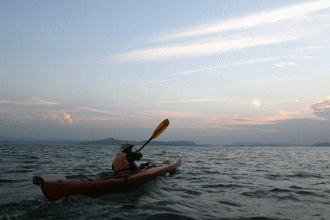
Courses that paddle through the Seto Inland Sea, meandering among uninhabited islands and beaches free of people, are a popular attraction. The beautiful scenery and relaxation of a personal ocean cruise is certainly worth a try. Tour companies offer half-day courses for the beginner, and two-day, one-night kayak camping trips for the paddler.
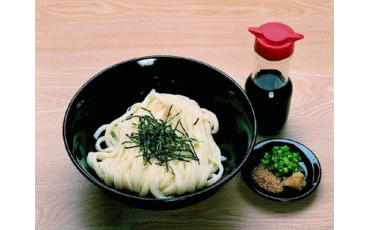
Udon noodles from Kagawa are so famous that one always thinks of Sanuki (the ancient name of Kagawa) when they hear the word “udon.” Made from superior quality wheat and salt, the quantity of which varies depending on the season, this thick and tasty noodle is a must for every visitor. Somen noodles are another well-known kind of noodle produced in Kagawa. Also made from a superior quality wheat, this noodle is kneaded by hand and then stretched out into extremely thin threads and dried in the sun.
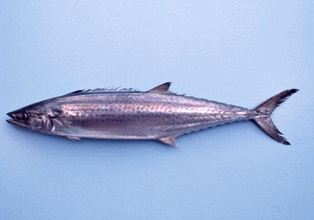
In spring, there is japanese spanish mackerel (sawara), in summer, butterfish (managatsuo), in autumn, black sea bream (chinu, kurodai) and in winter, young yellow tail (hamachi, buri). A great variety of seasonal seafood is caught throughout the year.

Grilled chicken on the bone, whole legs of chicken fried in spices, is a popular dish in Kagawa. In Marugame, Kagawa, the oldest honetsuki-dori shop opened in 1952, and has opened several branch restaurants since then. Along with these restaurants, many bars (izakaya) and grilled chicken restaurants (yakitori) offer this as an item on their menus. In total over 80 restaurants in Kagawa serve honetsuki-dori. Each restaurant uses different seasonings and grills its chicken differently, so it's fun to try various restaurants' styles.
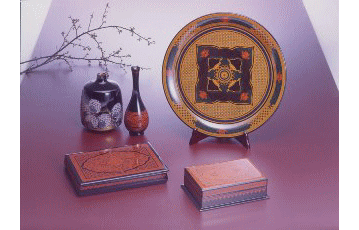
Many traditional arts and crafts came to Kagawa prefecture due to its position as an important gateway for maritime trade. Made with natural materials using traditional methods, these are still well loved parts of peoples’ lifestyles to this day.
In Kagawa, there is a system to recognise traditional craft products which require particularly great skill, or which have a long history. These are called “Kagawan Traditional Crafts”. By February 2006, 37 different product were recognized by the program.
Among these, Kagawa lacquerware and Marugame hand fans are also recognized as National Traditional Crafts.
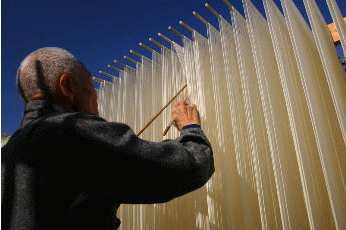
Somen: wheat and cold water are kneaded together, then stretched out into fine, thin noodles and dried in the sun. These are the oldest form of noodles found in Japan, and it is said they have their roots in China. The noodles produced on Shodoshima island, one of the top three somen producing regions in Japan, are well known for their firm texture and distinctive flavor.
Soy Sauce: produced by fermenting boiled soybeans and wheat, soy sauce has been made in Kagawa for over 400 years. Kagawa soy sauce is famous nationally, and traditional production methods are passed down from generation to generation. Soy sauce is an indispensable condiment when eating Sanuki udon noodles.
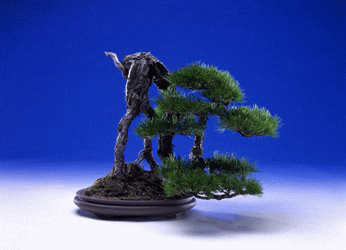
Bonsai: first created in the Edo Period 200 years ago, Kagawa's pine bonsai hold an 80% market share in Japan. Training miniature trees into beautiful shapes for the enjoyment of the observer takes great artistry. Bonsai is popular around the world, and Kagawa's bonsai is exported to the EU, the United States, Korea, Taiwan and many other countries.
Olive products: the climate of the Seto Inland Sea is warm and moderate like the Mediterranean. In 1908, olive saplings were imported from the United States and planted in three places in Japan. Of those three, the only place where the olive trees took root was Shodoshima, in the Inland Sea, and so this became the first place to produce olives in Japan. Green olives harvested in autumn are preserved in salt and eaten. Black olives, harvested in winter, are made into olive oil, which can be used in cooking, makeup and for medicines.
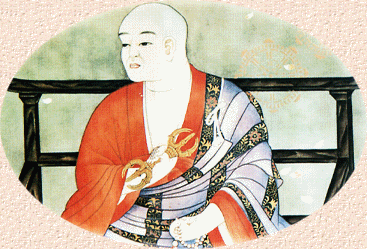
Kuukai, also called Kobo Daishi, was born in Sanuki (now Kagawa) 1200 years ago. He became a priest and went to Tang, China, to study Buddhism. Upon his return, he brought back not only Buddhism but also various other gifts, art and culture. He contributed greatly to the progress of Japan and was one of Japan's greatest pioneers of international exchange.
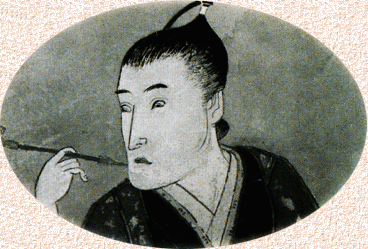
Hiraga Gennai was a clansman of the Sanuki Takamatsu han (feudal domain) in the Edo period about 200 years ago. He was a pharmacologist. Later in life, he went to Edo and Nagasaki and was exposed to books and other ideas imported from the West. He was active in various fields: he invented a hand-operated electric generator and a thermometer and also wrote plays. He was a Renaissance man of a kind rarely seen in his day.
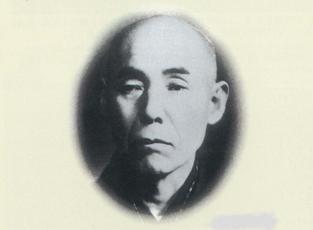
Ninomiya Chuhachi invented a propeller-driven plane in 1894 when he was serving in the Marugame regiment in Kagawa; this was well before the Wright brothers' invention in 1903. Due to a lack of funds, however, his invention could not be put into practice.
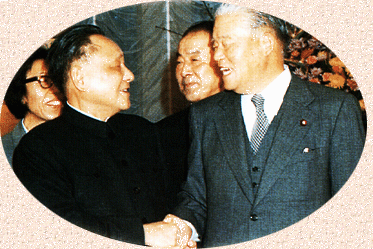
Ohira Masayoshi was born in Toyohama, Kagawa. In 1978 he became prime minister of Japan, where he contributed to the normalization of diplomatic relations and the conclusion of a peace and friendship treaty with China. He died while in office, in 1980.
 Kagawa Prefecture, Japan
Kagawa Prefecture, Japan


